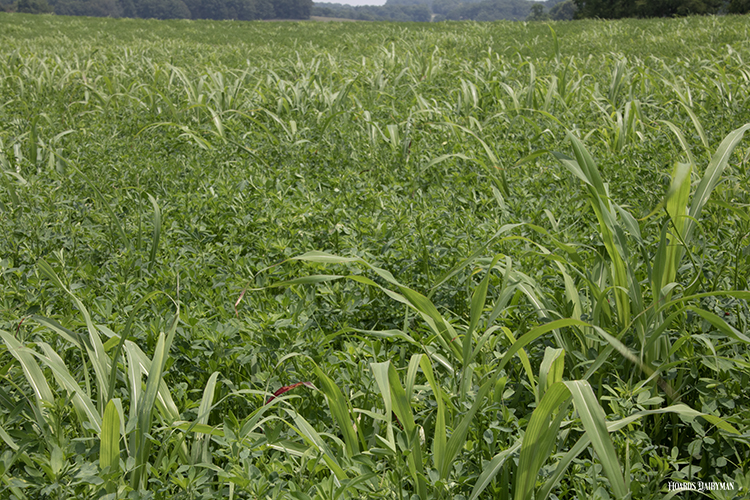
On a trip to Michigan last week, a common theme among the conversations we had with farmers was the need for rain. While the dry spring was a positive for planting and making first crop hay, the dusty fields were an indicator that soil moisture was lacking.
Precipitation plays a critical role in crop growth, but it is also important for weed management. In a Michigan State University Extension article, Erin Burns and Christy Sprague noted that weeds under environmental stress are hard to control. That’s because weeds growing under hot and dry conditions may become more tolerant to herbicides than weeds growing in more desirable weather conditions.
There are two reasons for this, they wrote. The first is that weeds can develop a thick wax layer or cuticle on the leaf surface. This acts as a barrier against herbicide absorption. The pair noted that including the correct adjuvant and use rate help improve herbicide absorption.
The second factor is that stressed weeds do not translocate or metabolize systemic herbicides well in dry conditions. Systemic herbicides, such as glysophate, 2,4-D, and dicamba, control weeds by being transported throughout the weed’s vascular system, they explained. “When weeds are stressed, translocation and subsequent metabolism are slowed, and thus, weed control is reduced,” they wrote.
Early morning applications of herbicides, after weeds have had time to recover from the previous day, are more effective than applications made in the afternoon or evening.
The extended dry period, they noted, alters both weed emergence and herbicide performance. They recommend scouting fields often to determine what weeds are present and when postemergence applications should be made.
One might expect that dry conditions would slow down weed emergence, but the duo indicated that is not the case. Weed seeds do need water to germinate, so small seeded weeds – like common lambsquarter – germinate from shallow depths and will likely be affected by dry weather. Meanwhile, weeds with large seeds, such as giant ragweed and velvetleaf, germinate from deeper depths where more moisture may be present.
Again, the authors emphasized that early scouting of fields is important to determine what weeds are present and what growth stage they are in. This will be important, they wrote, in determining which and when postemergence herbicides should be applied.








